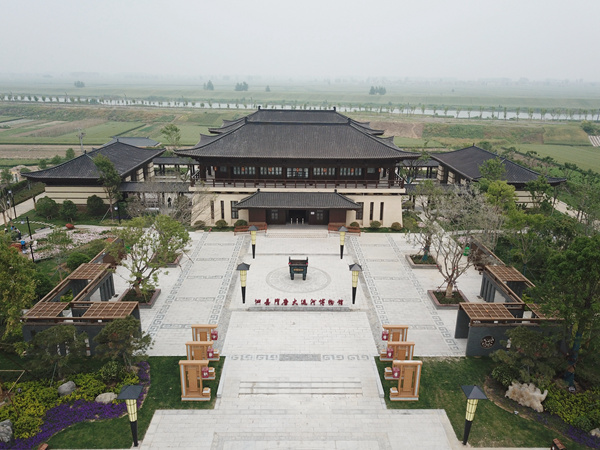

The Sixian section of the Grand Canal is a cultural treasure, Yang Feiyue reports.
A section of the ancient Grand Canal brims not only with a beautiful legacy of the past but also benefits the locals of today and tomorrow.
A green channel still runs through Sixian county, Suzhou, in East China's Anhui province. Vast verdant fields spread from its banks as far as the eye can see, interrupted only by a wooden pavilion and a stone bridge that spans the waterway.
Don't be fooled by its plain look. The 5.8-kilometer stretch of the canal has been flowing nonstop for more than 1,000 years and was one of the sections of the ancient Grand Canal that was granted UNESCO World Heritage status in June 2014.
"The section has retained its original condition, such as the bed's structure, pretty well," says Zhang Su, a Grand Canal historian with the Sixian cultural relics management center.
The Grand Canal once flowed 3,200 kilometers from Beijing in the north to Zhejiang province in the south. It used to be a major transportation artery running through ancient China, with a history dating back 2,500 years. The canal functioned as the backbone of the ancient empire's inland communication and trading systems, transporting grain and strategic raw materials. It has long played an important role in ensuring the country's economic prosperity and stability.